Home>Ideas and Tips>Slow Cooker Adaptations For Traditional Oven Recipes
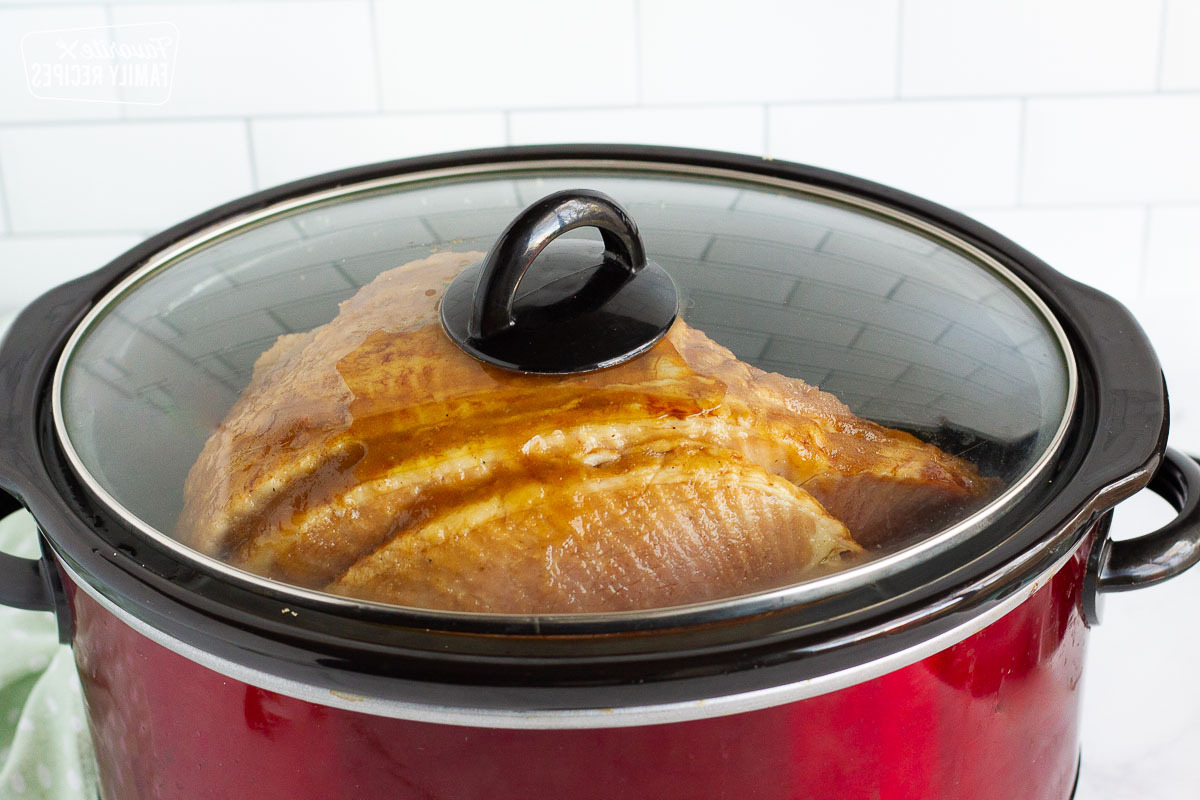

Ideas and Tips
Slow Cooker Adaptations For Traditional Oven Recipes
Published: October 28, 2024
Learn how to adapt traditional oven recipes for your slow cooker with tips on timing, ingredients, and seasoning adjustments for perfect results.
(Many of the links in this article redirect to a specific reviewed product. Your purchase of these products through affiliate links helps to generate commission for Storables.com, at no extra cost. Learn more)
When it comes to home improvement and cooking, one of the most versatile tools in your arsenal is the slow cooker. These devices are perfect for busy households because they allow you to prepare meals that are both delicious and convenient. However, many of us are accustomed to traditional oven recipes, which can sometimes be tricky to adapt for slow cooking. In this article, we will explore how to adapt traditional oven recipes for your slow cooker, ensuring that you can enjoy your favorite dishes with minimal effort.
Understanding the Basics of Slow Cooking
Before diving into the adaptation process, it's essential to understand the basics of slow cooking. Slow cookers use low heat over an extended period to cook food, which is ideal for tougher cuts of meat and vegetables that require long cooking times. This method ensures that the meat becomes tender and the flavors meld together perfectly.
Types of Recipes Suitable for Slow Cooking
Not all recipes are created equal when it comes to slow cooking. Some dishes are naturally better suited for this method than others. Here are some popular types of recipes that typically do well in a slow cooker:
- Soups and Stews: These are perhaps the most straightforward recipes to adapt for slow cooking. Soups and stews are designed to simmer for hours, which aligns perfectly with the slow cooker's low heat setting.
- Braised Meats: Braising involves cooking tougher cuts of meat in liquid over low heat. This process breaks down the connective tissues in the meat, making it tender and flavorful.
- Roasts: Similar to braising, roasts benefit from the slow cooker's ability to cook meat over a long period at low heat.
- Chili: Chili is another popular dish that thrives in a slow cooker. The slow cooking process allows the flavors to meld together, creating a rich and hearty meal.
Read more: How To Use Dutch Oven As Slow Cooker
Tips for Adapting Recipes
Adapting traditional oven recipes for your slow cooker requires some trial and error, but with these tips, you'll be well on your way:
1. Be Realistic About What Will and Won’t Work
Not all recipes are suitable for slow cooking. For instance, layered dishes like lasagna or enchiladas are better cooked in the oven where they can maintain their shape. On the other hand, soups, stews, and braises are ideal candidates for slow cooking because they benefit from the low heat and moisture.
2. Pre-cooking Certain Ingredients
Some ingredients like garlic and onions can intensify in flavor when cooked in a slow cooker. To avoid overpowering your dish, it's often best to pre-cook these ingredients before adding them to the slow cooker. For example, sautéing garlic and onions in a pan before adding them to your slow cooker can help control their flavor intensity.
3. Adjust Spices and Seasonings
Spices like cayenne pepper or chili powder can become overpowering when cooked in a slow cooker over an extended period. To avoid this, reduce the amount of these spices initially and serve additional hot sauce on the side for those who prefer it.
4. Timing is Everything
One of the biggest challenges when adapting recipes is getting the timing right. Here’s a general rule of thumb:
- If the original recipe calls for cooking time up to one hour, use the high setting on your slow cooker for 4 hours (6 at most). Dishes with pasta, bone-in chicken, or fish fall into this category.
- If the original recipe calls for cooking time over an hour, use the low setting on your slow cooker for up to 8 hours. Tougher cuts of meat like brisket or braising beef benefit from this longer cooking time.
5. Handling Dairy and Seafood
Dairy products like milk or cream should not be added until the final 30 minutes of cooking as they could separate during prolonged exposure to heat. Seafood like shrimp and scallops require minimal cooking time before they become rubbery; therefore, it's best to add them towards the end of cooking.
6. Vegetable Considerations
Vegetables can be tricky in slow cookers because they may disintegrate if cooked for too long at low heat. To avoid this, follow these guidelines:
- Hard vegetables like carrots and potatoes can be cooked for several hours without breaking down.
- Soft vegetables like leafy greens should be added towards the end of cooking to preserve their texture.
Practical Examples
Let's take a few practical examples to illustrate how these tips can be applied:
Example 1: Adapting a Stovetop Soup for Slow Cooking
Original Recipe:
- Cooking Time: 30 minutes
- Ingredients: Chicken broth, vegetables (carrots, celery), chicken breast
Adapted Recipe:
- Cooking Time: 4-6 hours on high or 8 hours on low
- Ingredients: Same as above, but add more vegetables if desired
Changes Made:
- Increased cooking time to allow for tenderization of vegetables and chicken.
- No changes needed in ingredients except possibly adding more vegetables for added flavor.
Example 2: Adapting a Braised Beef Recipe
Original Recipe:
- Cooking Time: 2 hours
- Ingredients: Beef brisket, onions, garlic, red wine
Adapted Recipe:
- Cooking Time: 8 hours on low
- Ingredients: Same as above
Changes Made:
- Increased cooking time significantly to allow for tenderization of beef brisket.
- No changes needed in ingredients except possibly reducing garlic and onions as they can intensify in flavor.
Example 3: Adapting a Chili Recipe
Original Recipe:
- Cooking Time: 1 hour
- Ingredients: Ground beef, tomatoes, beans
Adapted Recipe:
- Cooking Time: 4-6 hours on high or 8 hours on low
- Ingredients: Same as above
Changes Made:
- Increased cooking time to allow for melding of flavors and tenderization of ground beef.
- No changes needed in ingredients except possibly reducing spices initially as they can become overpowering.
Using a Dutch Oven as an Alternative
If you don't have a slow cooker but still want to adapt traditional oven recipes for slow cooking, you can use a Dutch oven instead. Here’s how:
Conversion Tips:
- If the recipe calls for cooking on the low setting of your slow cooker, cook it in a Dutch oven at 325°F (165°C) for about one-quarter of the stated time.
- If the recipe calls for cooking on the high setting of your slow cooker, cook it in a Dutch oven at 300°F (150°C) for about half of the stated time.
Conclusion
Adapting traditional oven recipes for your slow cooker is easier than you think once you understand the basics and follow these tips. By being realistic about what will and won’t work, pre-cooking certain ingredients, adjusting spices and seasonings, and handling dairy and seafood properly, you can enjoy a wide variety of delicious meals with minimal effort. Whether you're making soups, stews, braises, or roasts, your slow cooker is an invaluable tool that can help you create culinary masterpieces that are both flavorful and convenient. So go ahead and experiment with different recipes; with practice comes perfection in the world of slow cooking
Was this page helpful?
At Storables.com, we guarantee accurate and reliable information. Our content, validated by Expert Board Contributors, is crafted following stringent Editorial Policies. We're committed to providing you with well-researched, expert-backed insights for all your informational needs.
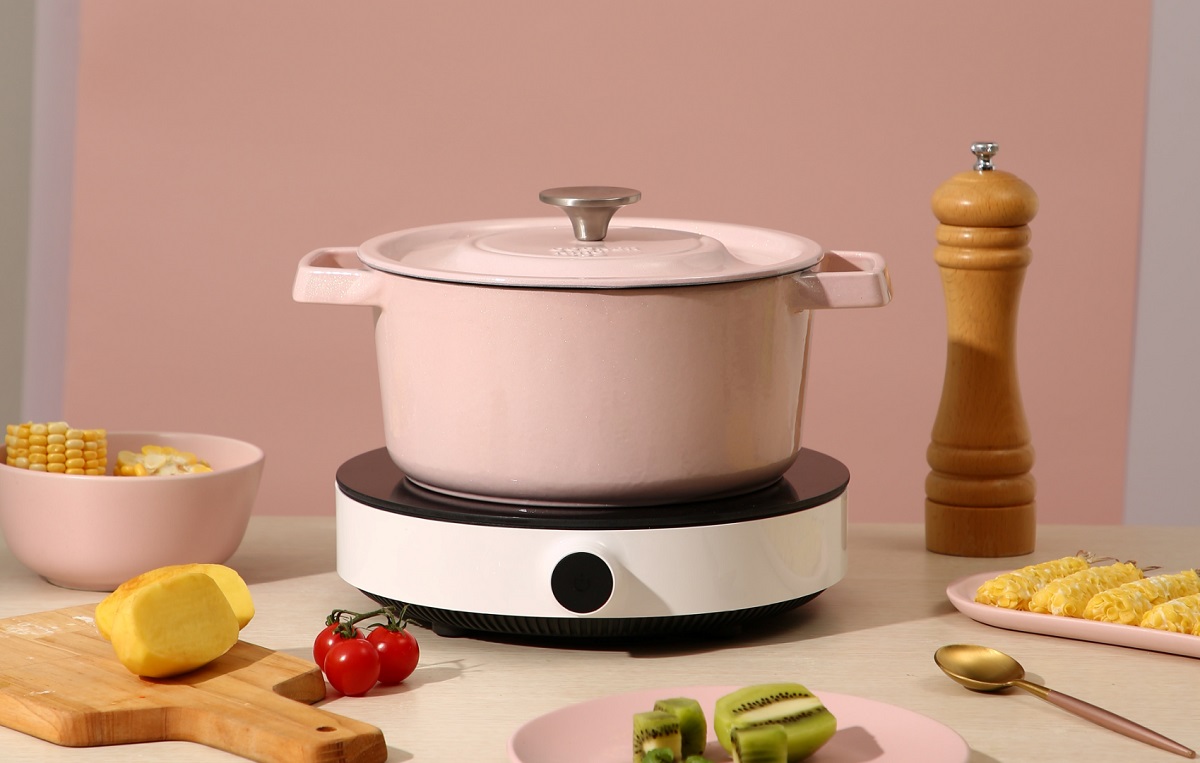
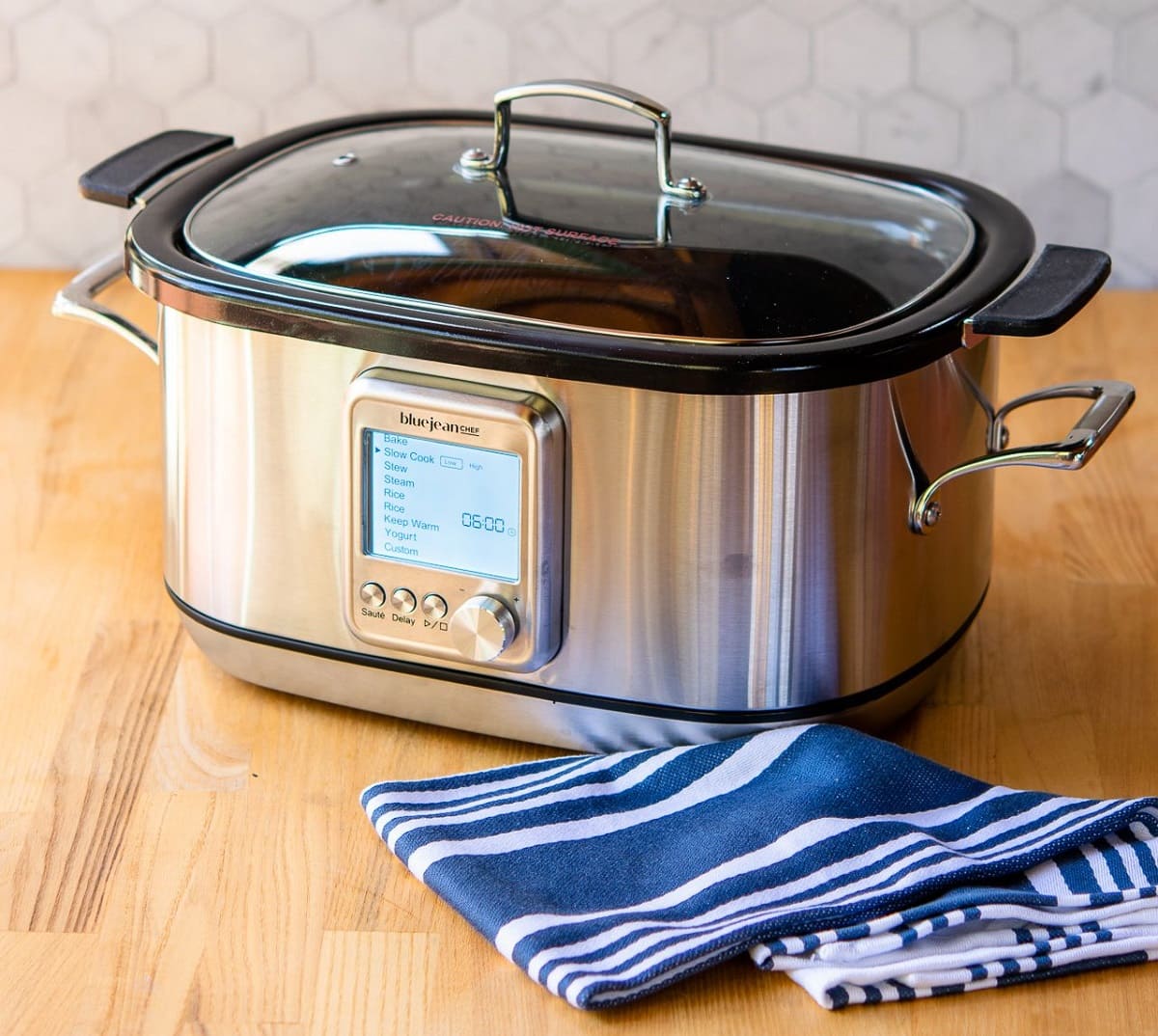
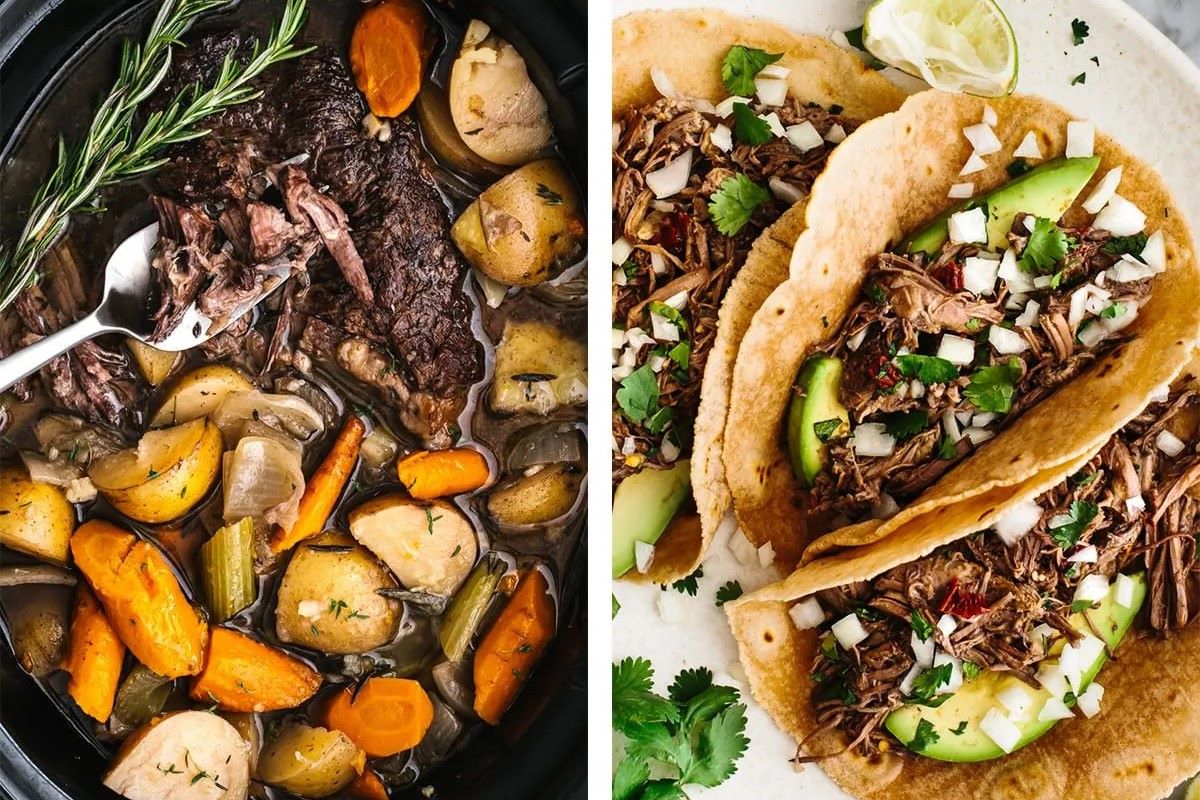
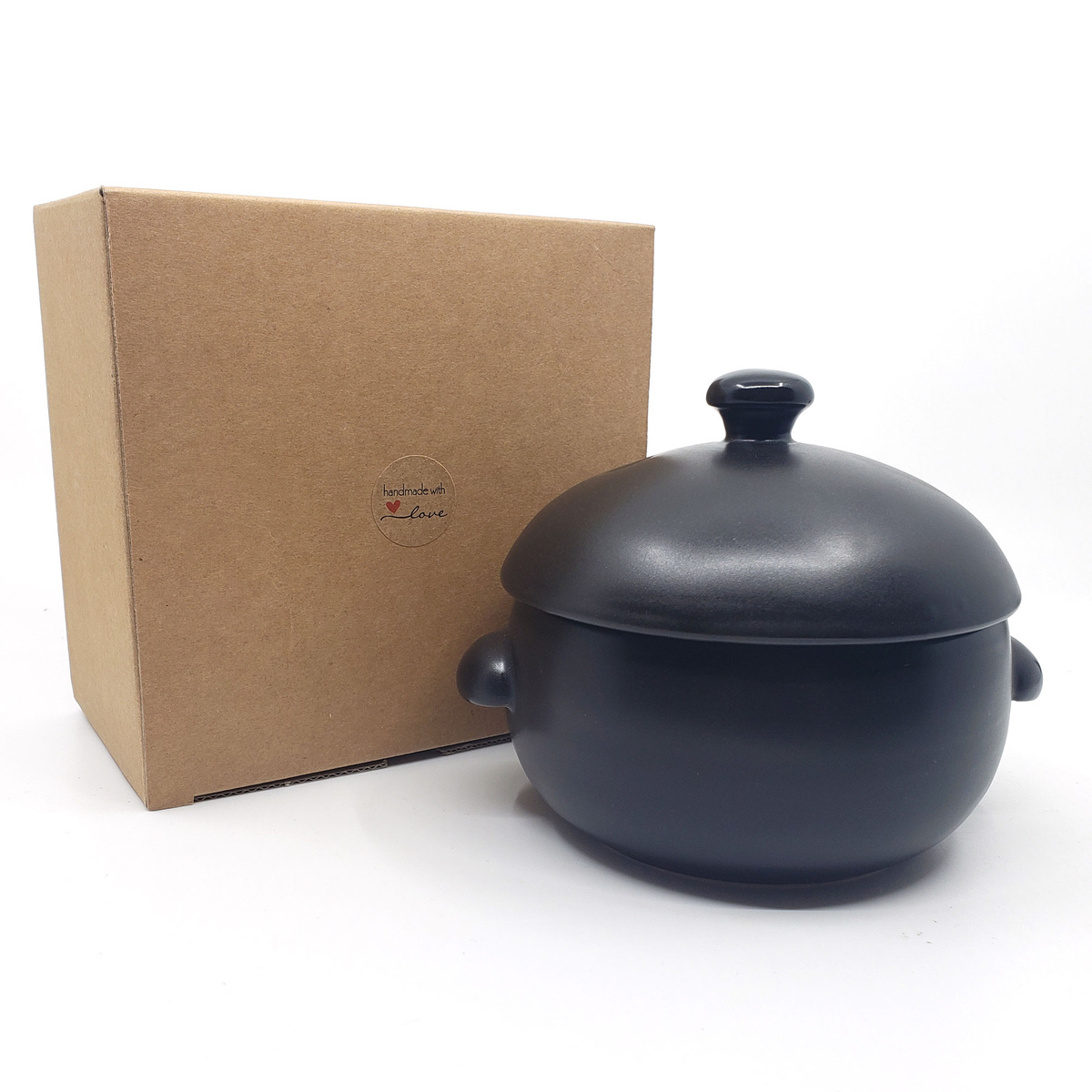
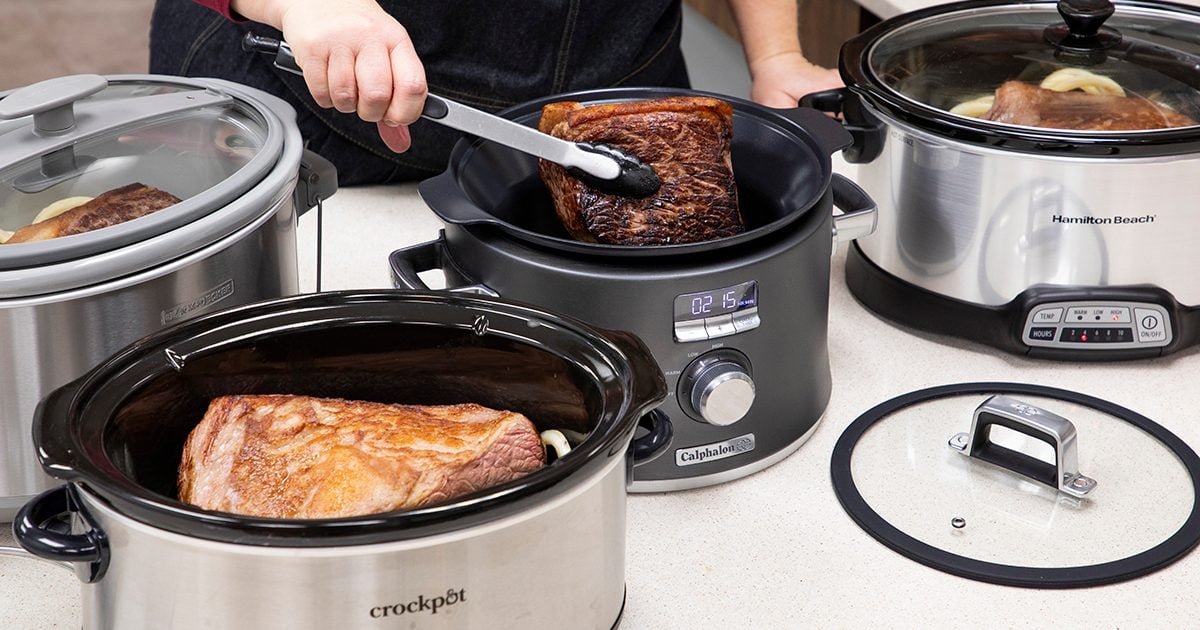
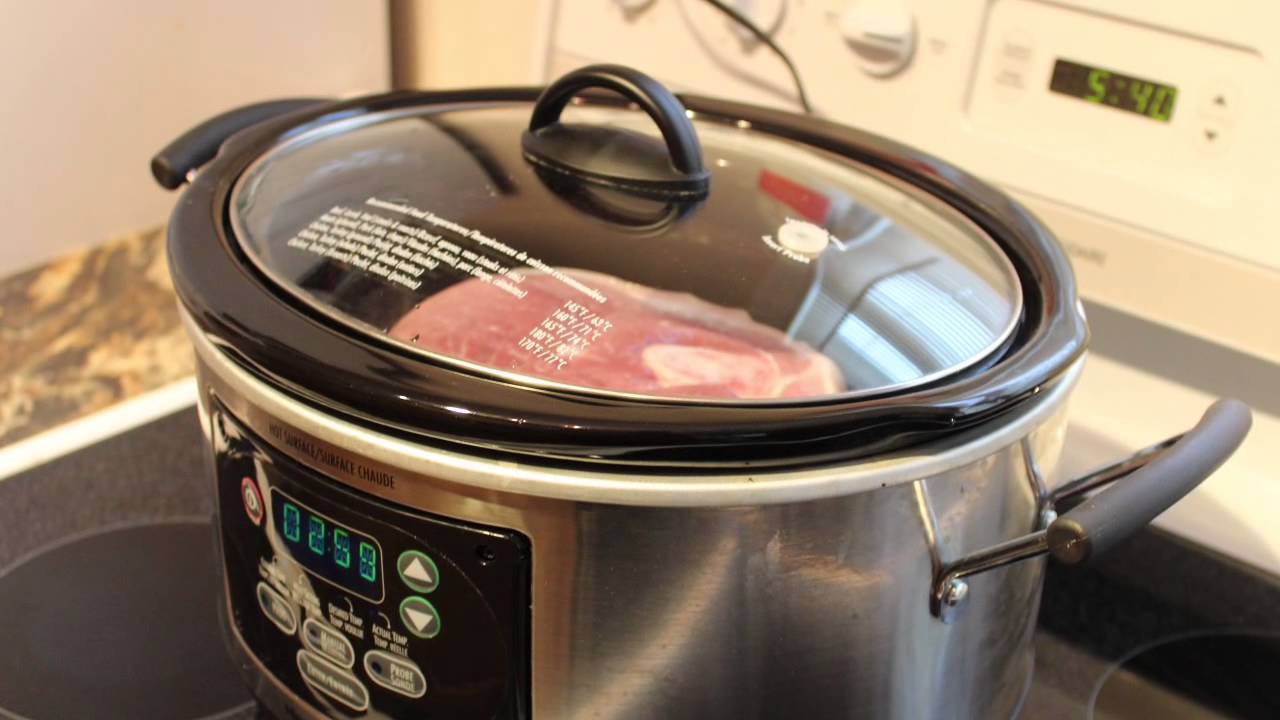
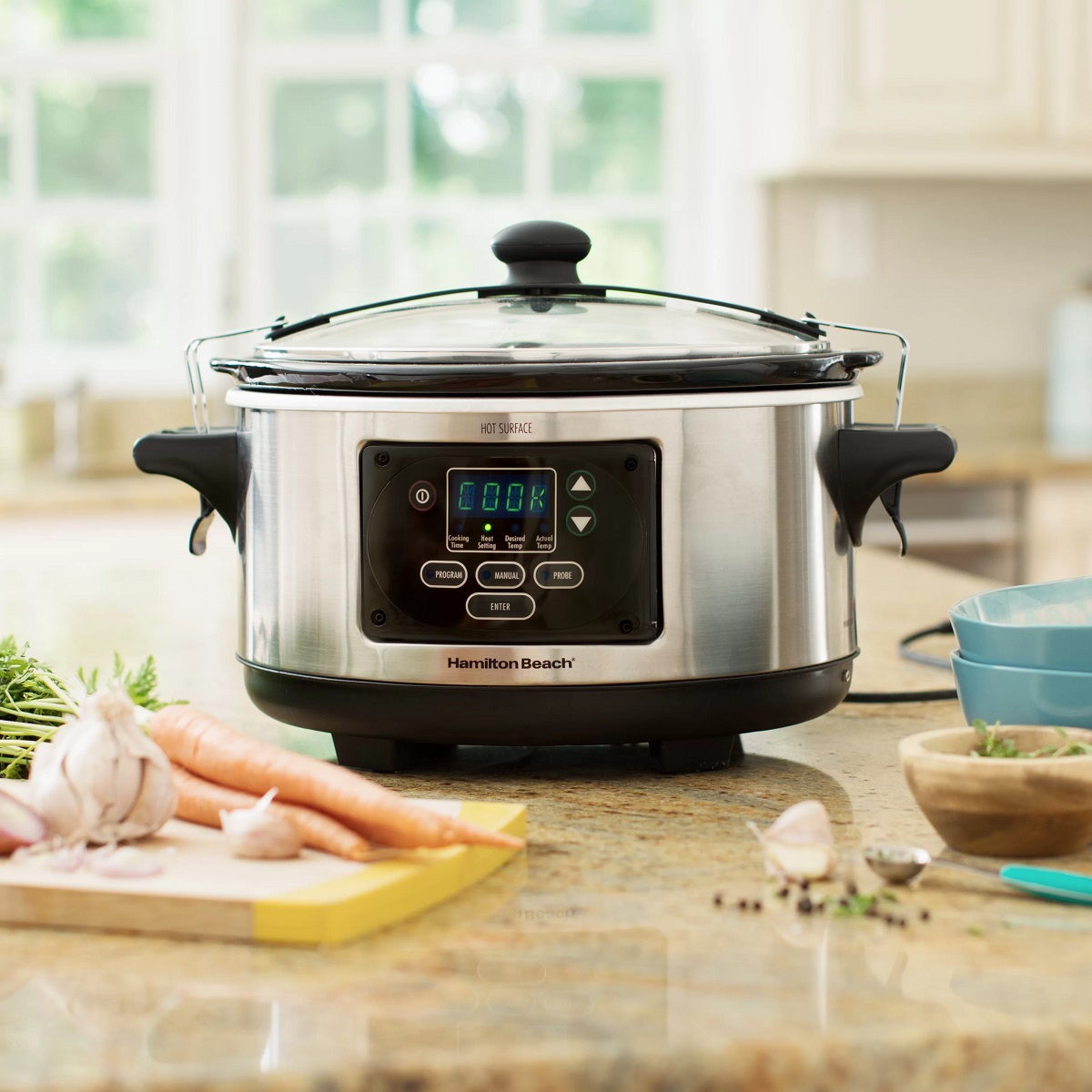

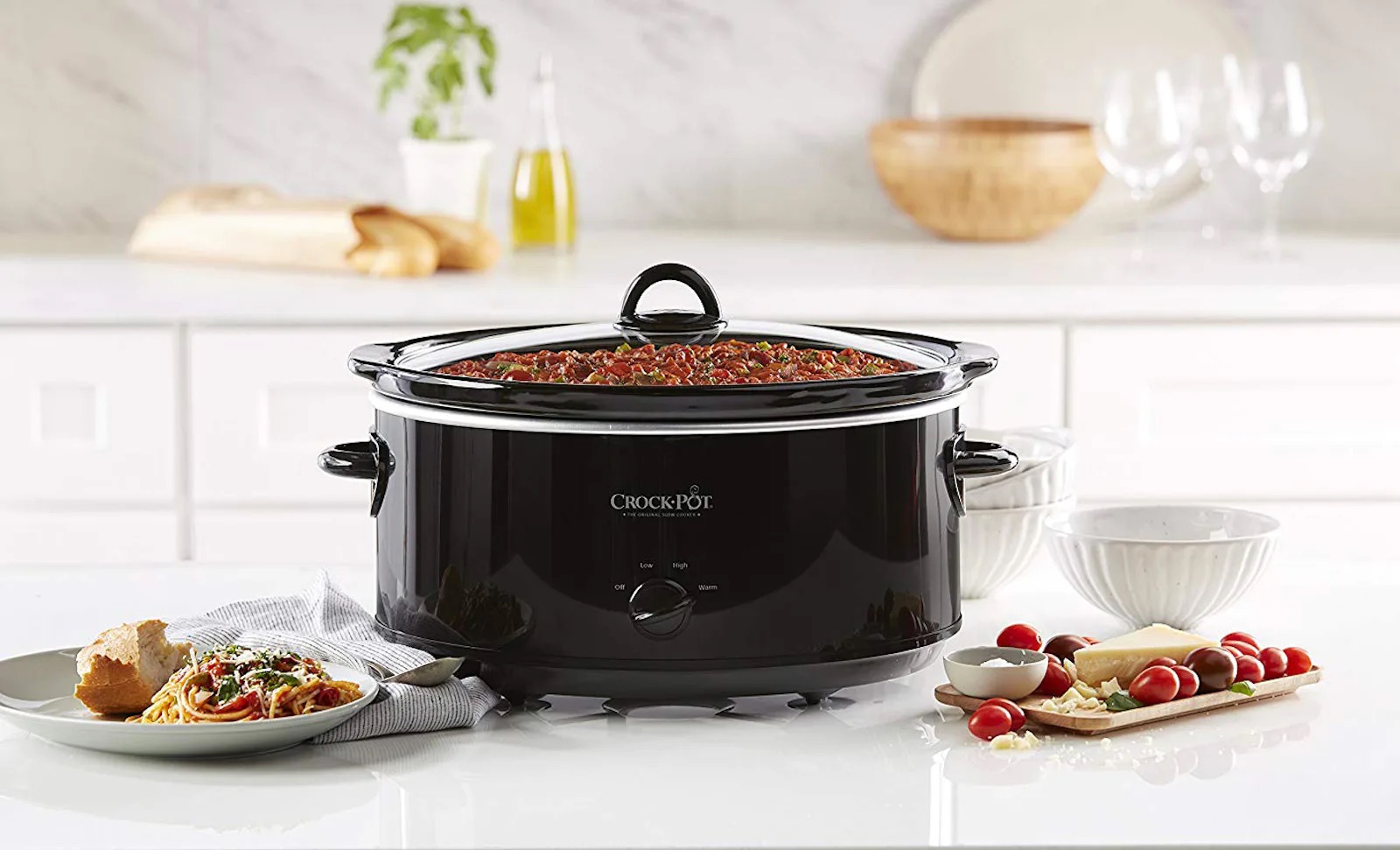
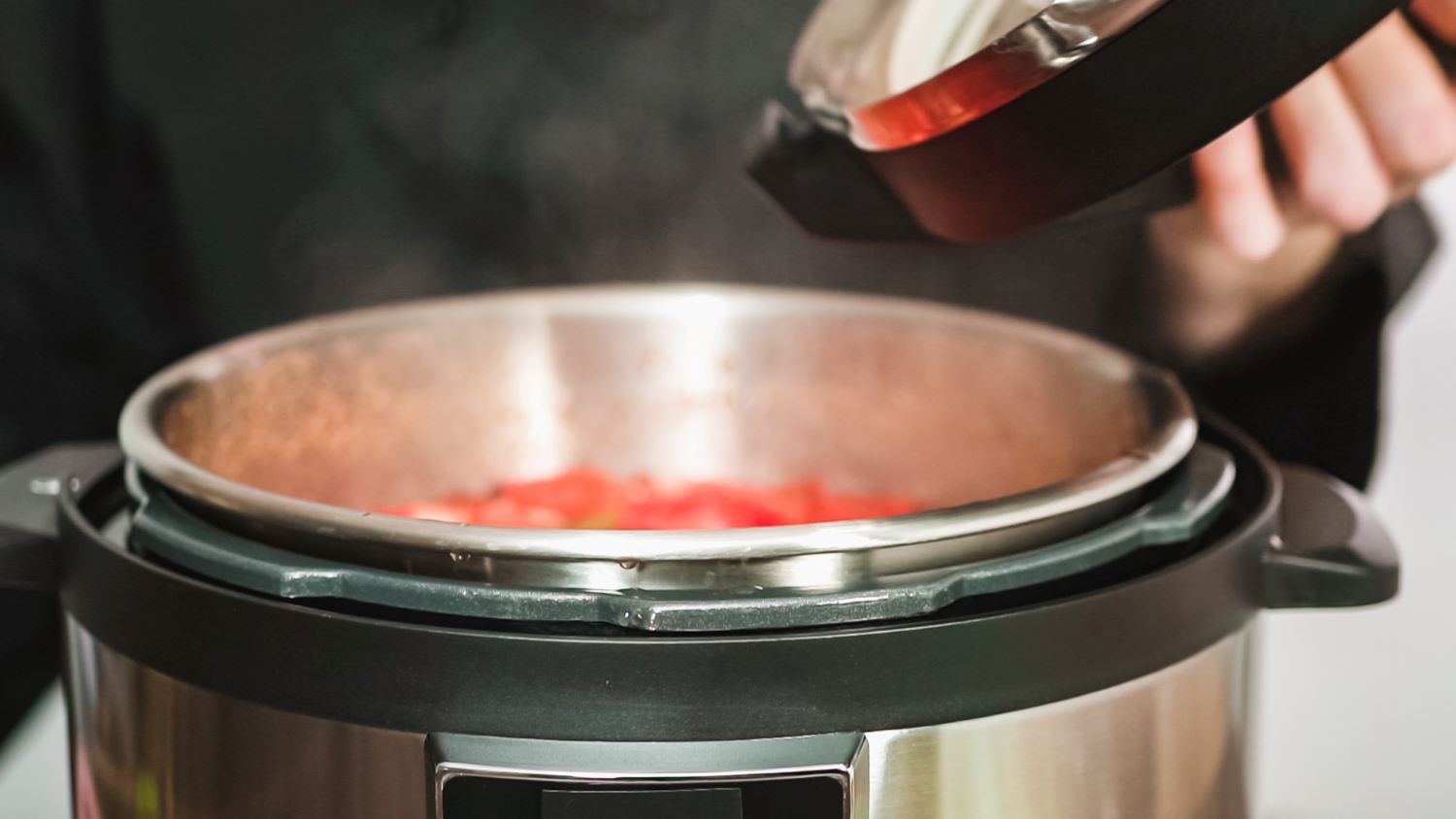
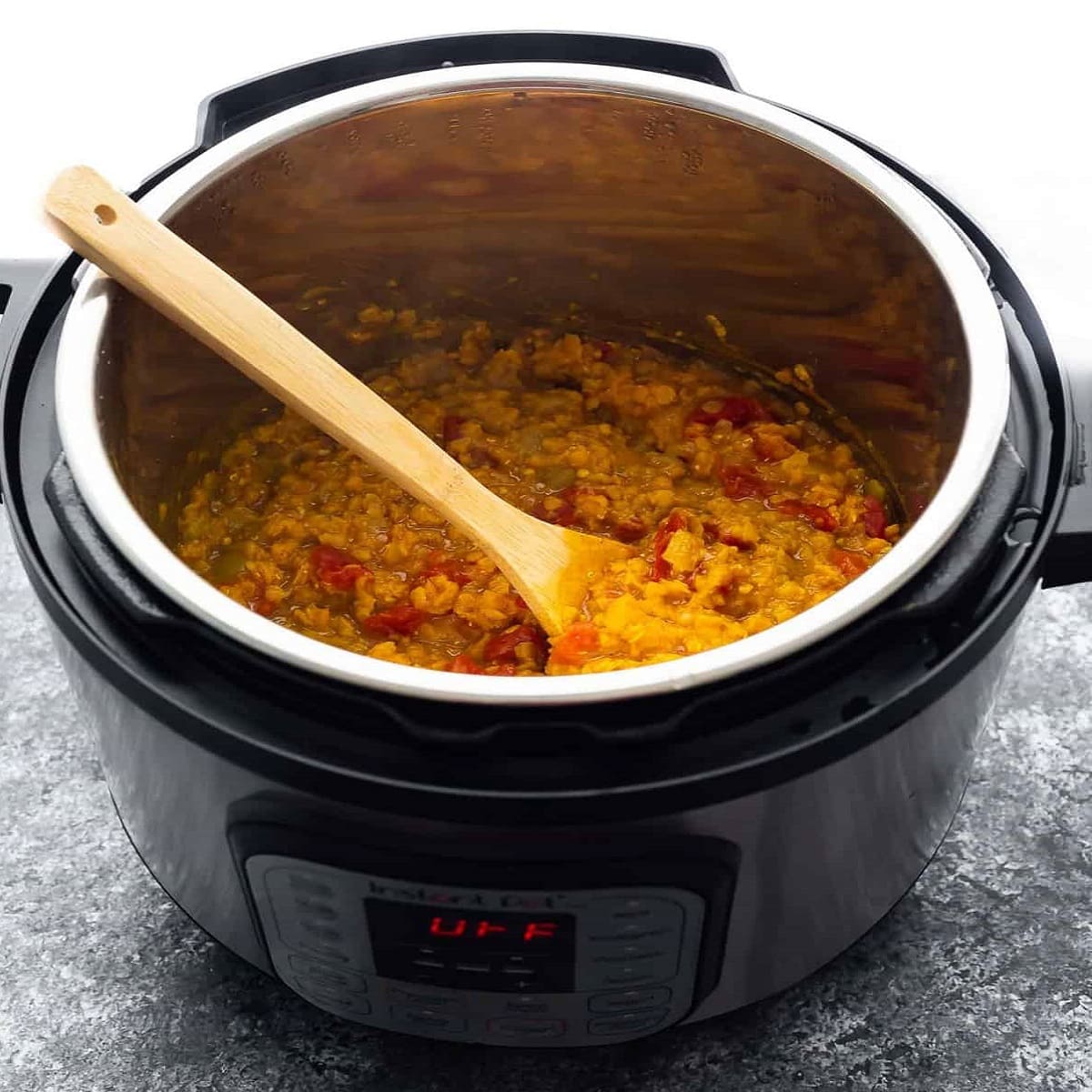

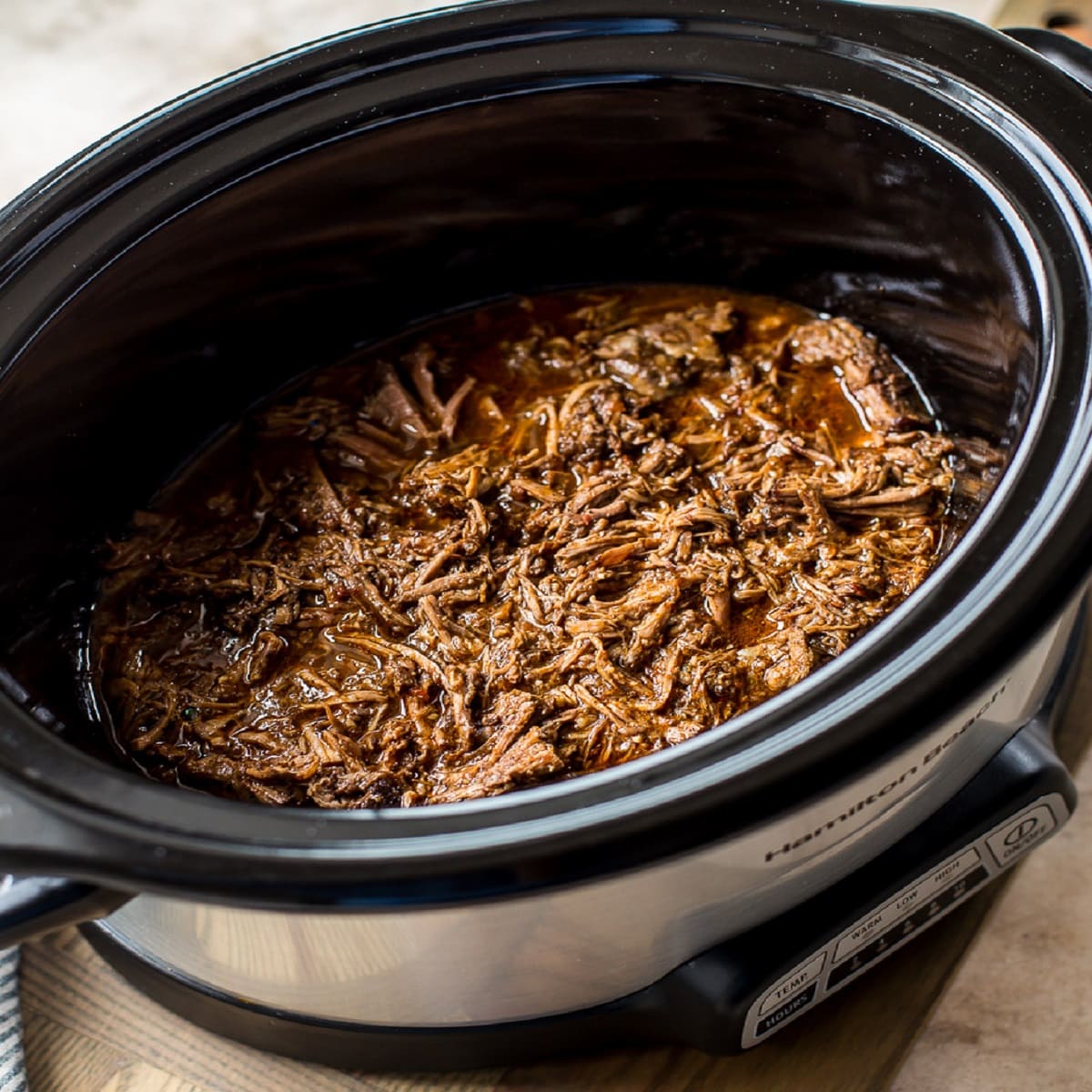
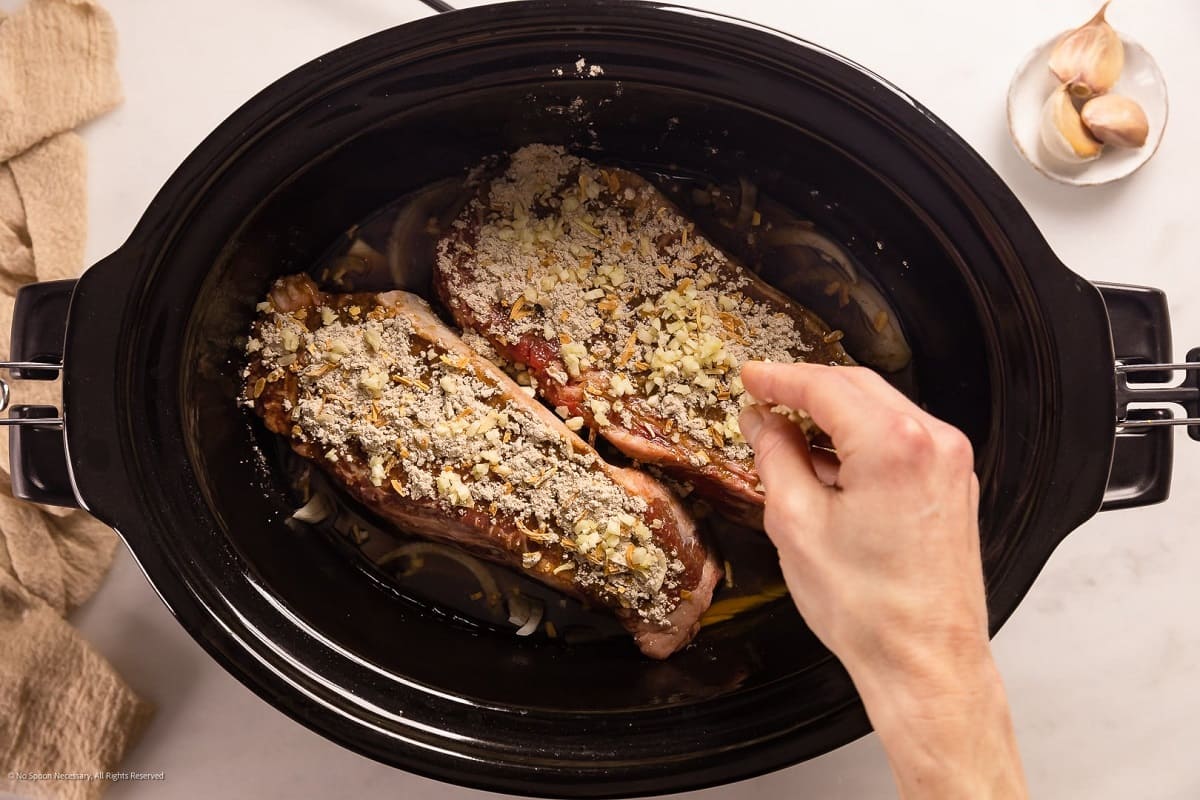
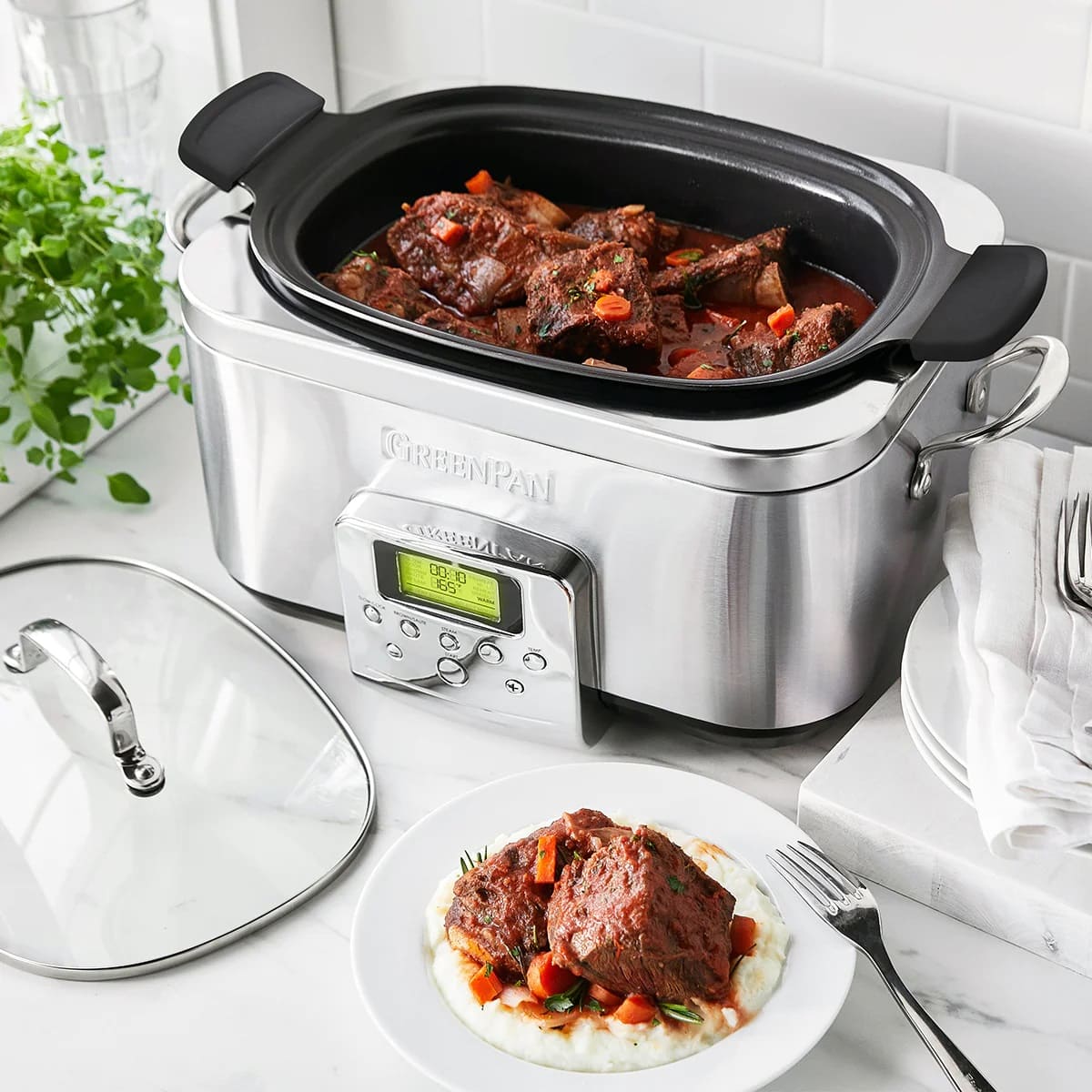

0 thoughts on “Slow Cooker Adaptations For Traditional Oven Recipes”